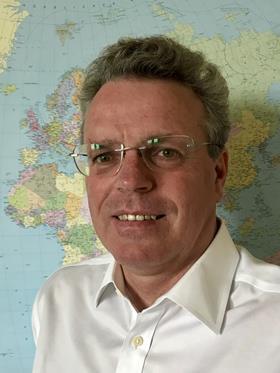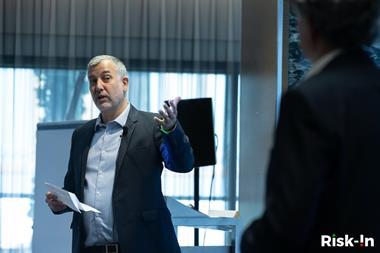Ralf Mareczek, vice-president, corporate insurance, Bertelsmann, on #ChangingRisk and thinking creatively to find alternative solutions

Ralf Mareczek, vice-president, corporate insurance, Bertelsmann
If you had the power to change risk management, what would you do?
I would like to increase the awareness of all involved parties such as the supervisory board in all facets of risk management. You have issues in legal, finance so we have to work closely across all units. Sometimes there is a lack of communication between different departments. There’s room for improvement between insurance carrier, broker and the insured.
What irritates you about how risk management is perceived?
Sometimes there’s a perception that risk management is limited to buying insurance coverage. We are thinking about the whole risk situation. It’s a challenge to get the right opinions in the company. Risk managers are more focused on other issues than insurances.
If you were to write a risk manifesto, what would be your number one point?
I would like to have the right clarification of the role of risk and insurance management inside an organisation. You need a defined position in the corporate centre or headquarters. Sometimes the insurance or risk management has not a main role in organisations. It is part of finance or legal. If you can build it on a greenfield then you can write a definition of a clear role in your organisation. It’s very important. You also need a high awareness of cyber risks.
If you could relaunch risk management today, what operating model would you adopt?
Today, it’s very important to combine enterprise risk management and insurance risk management. It should be one department or one part of a finance department. In finance, there you have a variety of risks such as currency risk. You should be involved in all developments of a company. Mergers and acquisitions, at the very early stages so that you can manage the risk. You have a target, you think about the operations, and then you can model different aspects of this.
How do you convince business leaders of the value of risk?
It’s really about showing that a risk value is an estimate of a potential cost of a risk. That is calculated by multiplying the probability by impact. You have to evaluate the risk and then calculate it on different models, such as the Monte Carlo Simulation. You are working with figures, with estimations, and sometimes you have soft facts. With climate change, we don’t know what will happen in the future. You can calculate natural catastrophe risk on an actual basis or current basis, but what happens in three years’ time? We don’t know.
What’s the biggest risk you’ve ever taken?
It’s an earthquake risk in California. We built a big warehouse for Arvato our software company. It was a really high risk that we had to calculate in our books. We have fire risk of printing machines, it’s probably the biggest risk we have. In the future, it will be more cyber and liability risks.
What’s the most important lesson you’ve learned?
You have to think creatively, be open minded and find alternative solutions. In this way, in a negotiation with different parties, it’s sometimes possible to turn a ‘no’ into a ‘yes’.
What’s on your mind right now?
Digitalisation. For us, it’s thinking about what the risks of digitalisation could be and how to optimise cyber insurance coverage.




















No comments yet